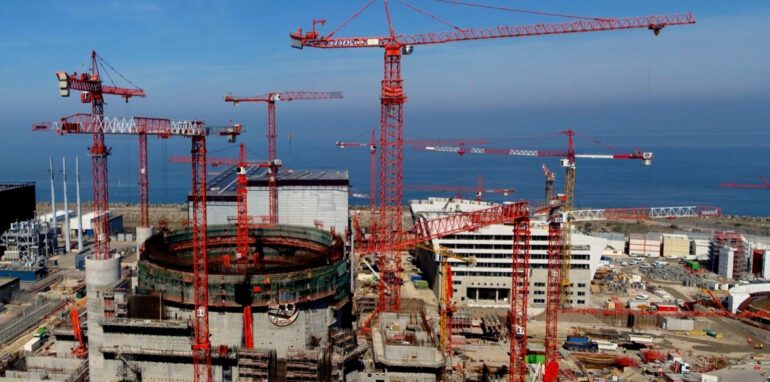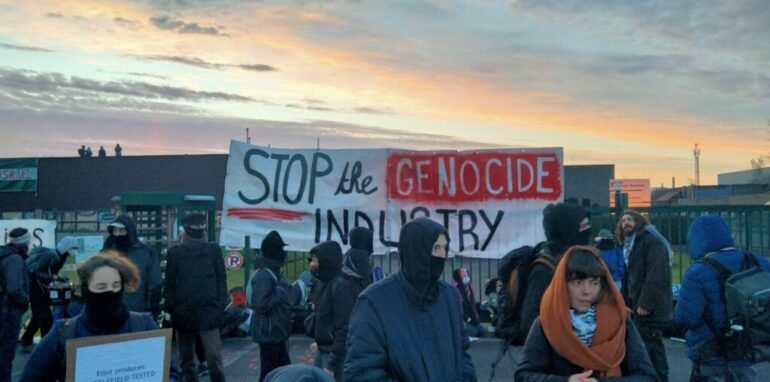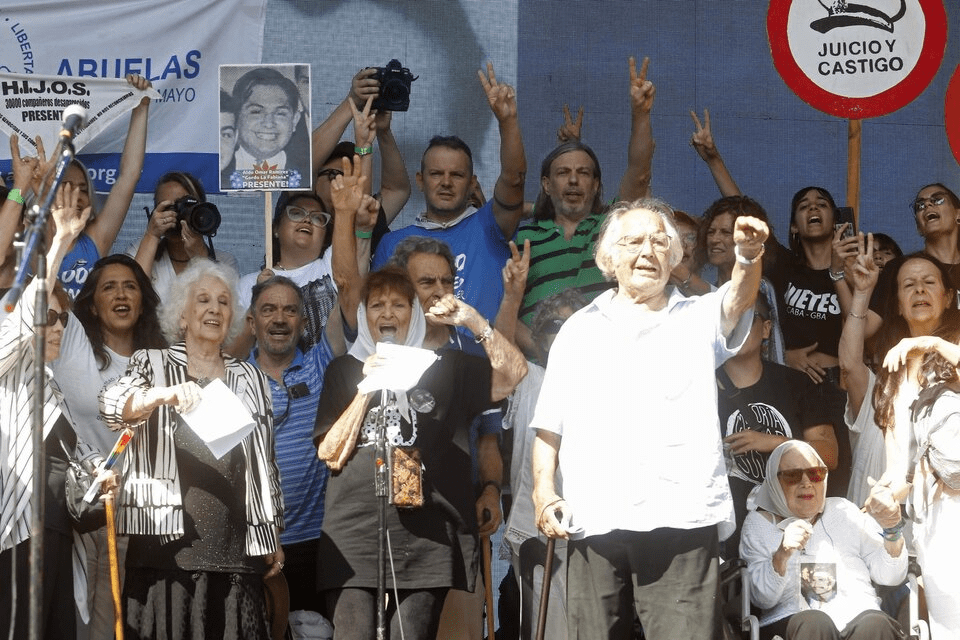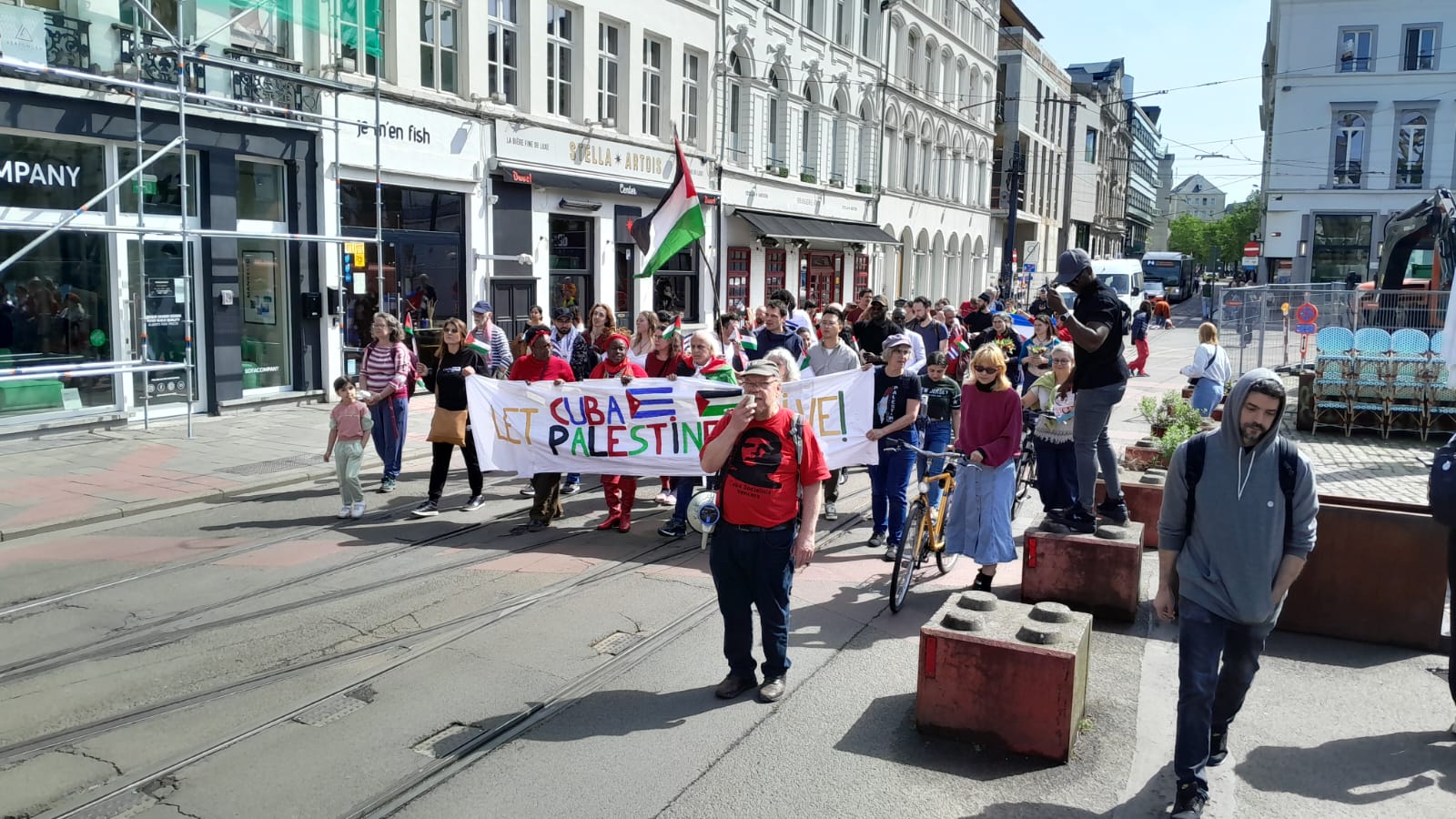The Elevado Presidente João Goulart, popularly named Minhocão (i.e. a Portuguese term for big earthworm), is a 3,5-kilometer elevated highway that passes through the center of São Paulo.
The Parque Minhocão is today a really popular attraction of São Paulo as during the nights and the weekends, when it is closed to vehicles, it becomes open to the citizens whom occupy it and use it as a linear park.
The Elevado was built during the early ‘70s, together with a series of other infrastructures, in order to create an express east-west connection of the city that would diminish the traffic congestion of the center. The viaduct – that host a traffic volume of 70.000 vehicles per day – has been built disrespectfully close and in between a consolidated urban fabric and the pre-existing buildings, so that in some parts the distance between the windows and the road is less than 5 meters.
Altogether, the construction of the Minhocão contributed to the process of degradation of the area. In fact, during this period the whole downtown of São Paulo – the historical center of the city – lost its role as economic, administrative, and cultural centre. Due to the development of the suburban areas and the infrastructure network, the upper-middle class and companies started to move out, the government headquarters were transferred to the west part of São Paulo, and new financial centers arose. As a result, thecenter was neglected by the administrations and left to a process of urban decay, negative population growth and a decrease in the properties’ value.
This area is today home to a poorer section of the population that takes advantage of the proximity to work and facilities and of the low housing prices. Among them, there are low- and moderate-income people including students, young workers, and families often relying on minimum wages. Moreover, a part of the inhabitants of this area is forced to live in cortiços, slum tenements where the living conditions are precarious and the rents relatively high.
On the other hand, the center attracts many social outcasts living in an extremely poor living condition that benefits from more visibility and sources of survival. The Minhocão represents a perfect shelter where to stay cover overnight.
Soon after the inauguration, the administration had to decide to close the viaduct to traffic during the nights and weekends due to the high air and noise pollution
Since then the local residents started to occupy the infrastructure during closing time and use it as a recreational space. The absence in the neighbourhood of public infrastructures, such as parks and squares, determined the success of the process of appropriation of this space.
With the time, people’s perception of the Minhocão changed and the closing time became the opening time. The Minhocão became (maybe the first) hybrid infrastructure being a highway during weekdays and a park during weekends.
The municipality could do nothing but accept this alternative usage.
Two decades later, the Parque Minhocão is a really popular attraction and is used by thousands of people.
This particular and delicate condition seems to be close to an end: thanks to the popular success of the High line of New York and the copycat projects emerging in many other cities, where remnants of the industrial age are turned into post-industrial gardens, proposal of a definitive transformation of the viaduct into a linear park arose.
The municipality has recently approved a master plan that foresees its deactivation and conversion. Among the enthusiasts, there are also the residents of the area, which seems not to be aware of the side effects of these large-scale greening projects.
The New York’s High Line is thus a perfect example of environmental gentrification. This projects started as a local resident’s initiative end up increasing land values to the point that those who live there were forced to leave. Many small businesses and moderate-income residents have been forced to relocate due to rising land values, while even those who can afford it have begun to experience the downsides of living or working in an area that panders to tourists. This exodus, in turn, transforms the sociological contours of the area and, by extension, the spatial segregation of the entire city.
Similarly to New York, the Parque Minhocão could become one of São Paulo’s most popular tourist attractions, a structuring element for a process of urban renewal but an anchor for the gentrification.
The success of the parque Minhcão fostered the process of real estate revaluation that is already hitting the area along the Minhocão, the government and private real estate companies have interests in its requalification and (implicit) social cleansing. The great number of estates, facilities, transports, and infrastructures make it an extremely adequate area for living. A displacement of the poorer population as a consequence of the process of revaluation is predictable.
Being in São Paulo and witnessing how the resident’s re-appropriation of space finally contributed to creating a process of gentrification triggers a reflection about activism and its consequences. Activism, intended as the actions that aim to achieve societal changes and improvements, when to loud and successful can set off transformations that worsen the initial conditions.
Vittorio Degli Innocenti


 “Franse kernenergie? Ongelooflijk dat hun leugencam...
“Franse kernenergie? Ongelooflijk dat hun leugencam... 












